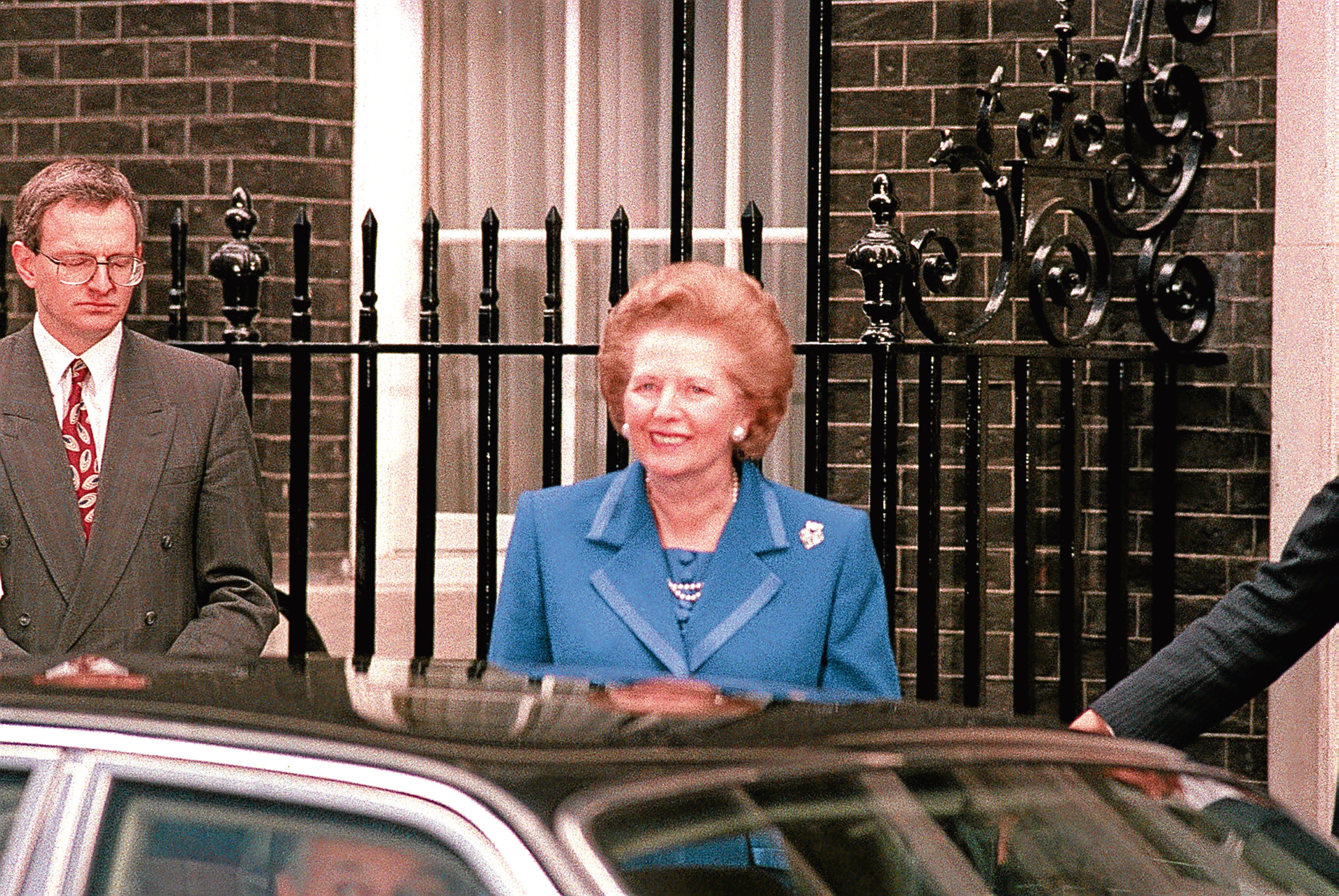
PRIME MINISTER Margaret Thatcher had a lot at stake when she introduced the Poll Tax to Scotland — though it’s fair to say she had fewer admirers to lose there than elsewhere.
It was on April 1, 1989, a day when we traditionally have a giggle at fake news stories, that Scots woke up to the fact it was all very real indeed.
Opposition leader Neil Kinnock said he would get rid of the Community Charge, its official title, as soon as he was in power.
Even Maggie’s colleagues thought about cancelling the whole thing, following the Poll Tax Riots.
Michael Heseltine challenged her for the leadership, while countless Scots and Britons elsewhere simply said they’d refuse to pay it.
For others, who were renting and would be moving out of Scotland soon, they found ways of avoiding it, too.
English police bosses said they may refuse to bring everyone avoiding payment to court, simply because there would be so many of them.
Maggie’s authority, in other words, was facing one of its most serious challenges.
She did see off Heseltine’s challenge by 50 votes, but would be gone by late 1990.
All three candidates to replace the Iron Lady had promised to get rid of the Poll Tax, but when John Major took office, he got Norman Lamont to raise VAT to pay for a large reduction in it instead.
By 1992, the whole thing was replaced by the Council Tax that we know and love today.
The Tories would go on to clinch a fourth term, Kinnock would be nowhere again, and it dawned on us all that the Council Tax was awfully like the old rates system that the Poll Tax was supposed to be replacing.
Northern Ireland, for some reason, continued to pay the old rates way.
The funny thing is, if people had kept a close eye on what Margaret Thatcher thought about such things, they would have noted her keen interest in it ’way back in 1974.
At that time, as Shadow Environment Secretary, she had the idea of abolishing the rates system, and it had been added to the Tories’ manifesto in the October elections.
Rates, for those too young to know, were a method of working out what tax each household should pay based on the rental value of their property.
Today, many experts reckon the Poll Tax was Maggie’s biggest blunder and spelled the beginning of the end for her.
And the main reason wasn’t because she angered lots of Scots — the Poll Tax also hurt the people who had loved her.

Enjoy the convenience of having The Sunday Post delivered as a digital ePaper straight to your smartphone, tablet or computer.
Subscribe for only £5.49 a month and enjoy all the benefits of the printed paper as a digital replica.
Subscribe